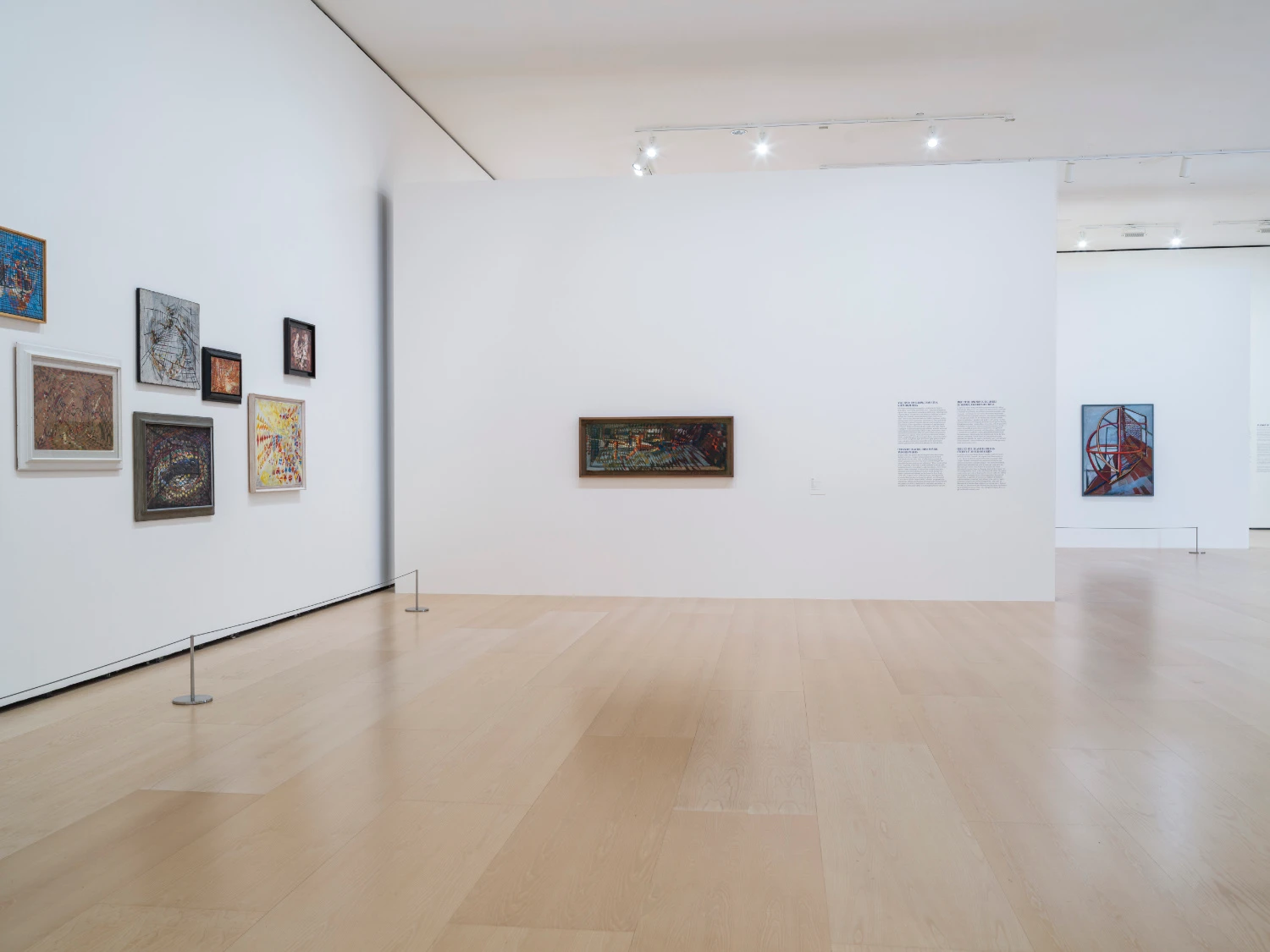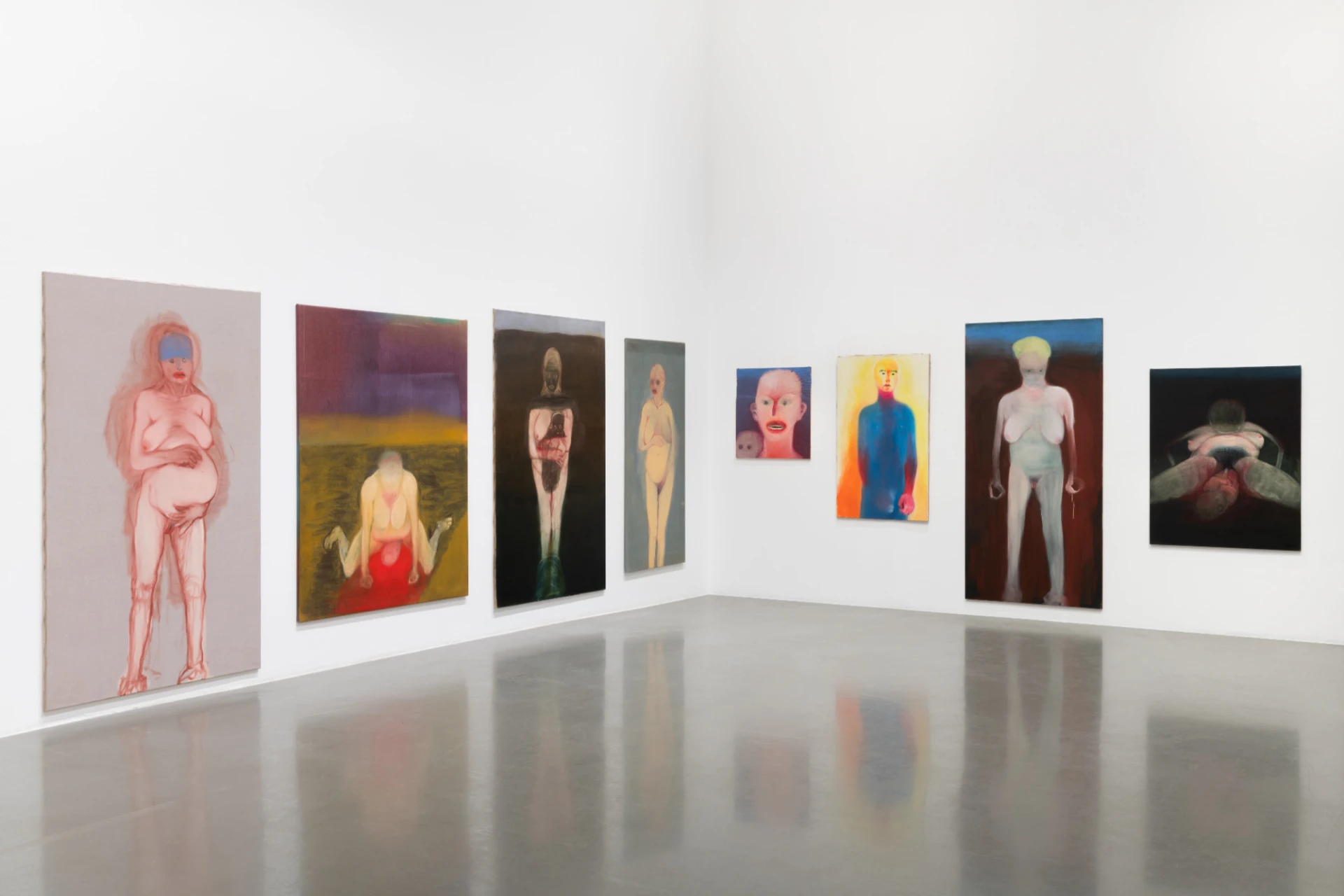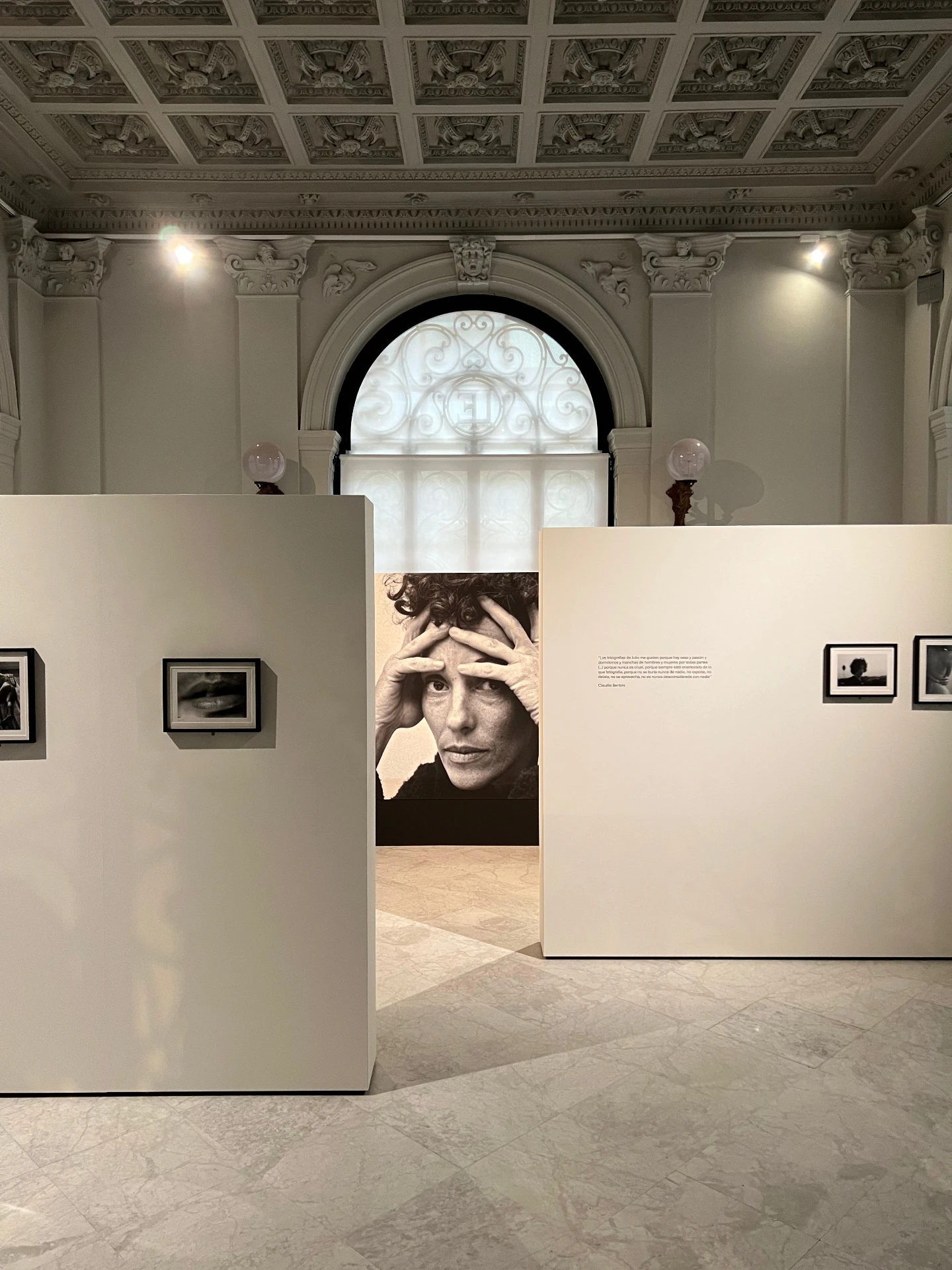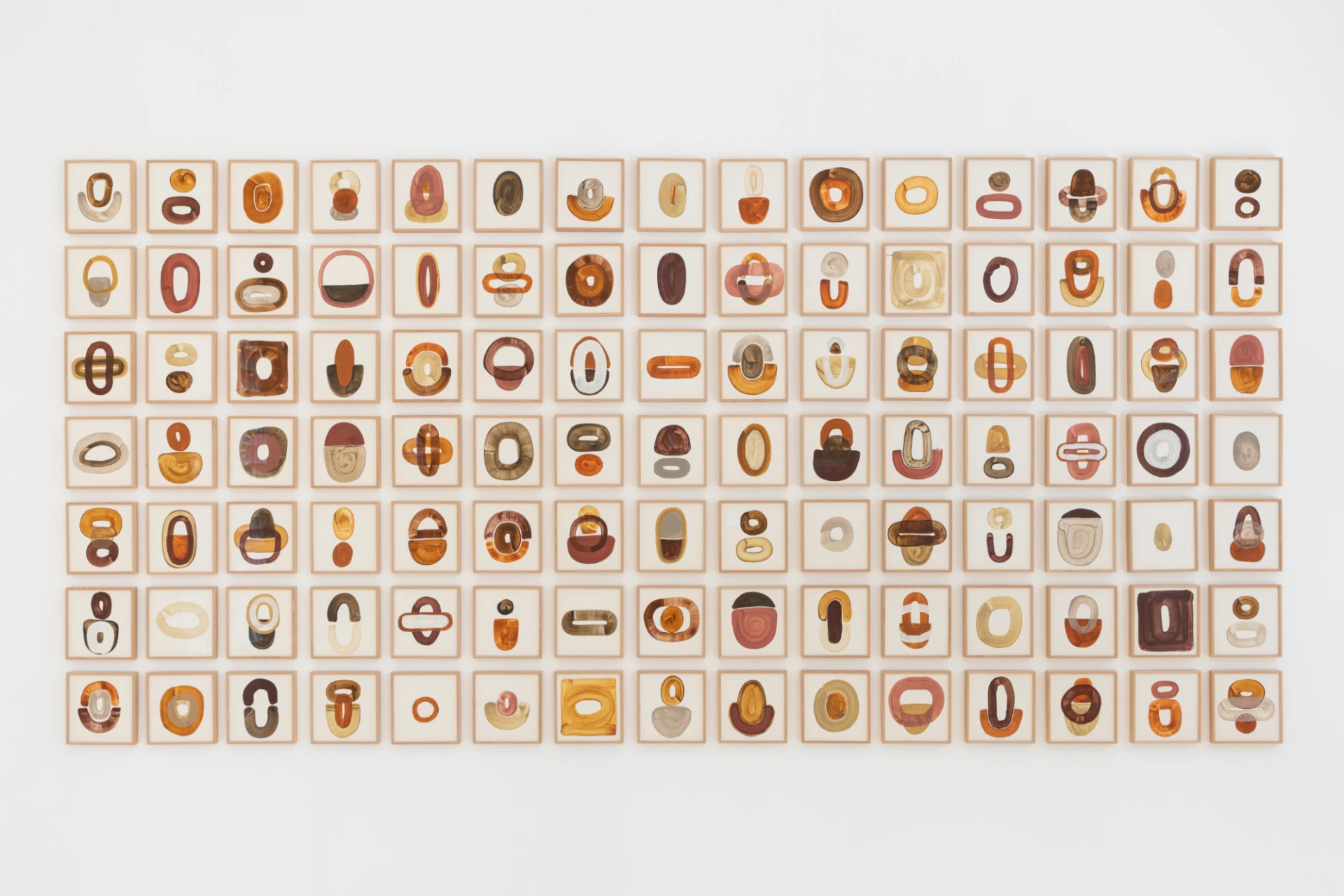article
Douro: Geografia Líquida, at Expo Osaka 2025
Over the several months of the Expo, a rotating programme is planned in which different Portuguese regions will be represented. In this regard, UMBIGO travelled to Freixo de Espada à Cinta, where the exhibition that would be taken to Japan, representing the CIM Douro - Intermunicipal Community of Douro, was presented.
From the 13th of April to the 13th of October, 2025, the city of Osaka, Japan, will host Expo 2025. Set up on the artificial island of Yumeshima, this world exposition brings together more than 160 countries in an event that aims to establish itself as a showcase for the future. Under the theme Designing Future Society for Our Lives, the Expo provides a platform to discuss innovative solutions to contemporary global challenges, in line with the Sustainable Development Goals (SDGs).
With a privileged location, next to the Japan Pavilion and close to one of the Expo's main attractions - the Grand Ring wooden structure designed by Sou Fujimoto -, the is presented under the theme Oceano: Diálogo Azul, curated by Joana Gomes Cardoso, General Commissioner for Portuguese Participation. The Pavilion, designed by Japanese architect Kengo Kuma, responsible for the marquee of the Gulbenkian CAM building, is reminiscent of a maritime ecosystem. The building's structure, light, permeable and marked by the rhythmic repetition of vertical components, such as maritime cables and recycled fishing nets, establishes a play of light, shadow and wind, suggesting the movement of the ocean.
Alongside the architectural language of the Pavilion, the exhibition program also projects Portugal as a country historically, culturally and economically focused on the sea. The aim is not to fall into a historicism based on a discourse of expansion and conquest, but to present an updated interpretation of Portugal's maritime identity. The aim is, above all, to bring the importance of water resources to the centre of international discussion and to present some solutions that combine the conservation of marine ecosystems with sustainable economic growth.
Over the several months of the Expo, a rotating programme is planned in which different Portuguese regions will be represented. In this regard, UMBIGO travelled to Freixo de Espada à Cinta, where the exhibition that would be taken to Japan, representing the CIM Douro - Intermunicipal Community of Douro, was presented. It is important to emphasise that the choice of location for this event was not fortuitous. It was from this small border town, located in the province of Trás-os-Montes, that Jorge Álvares, the first Portuguese chronicler in Japan, set out. I remember, for example, the almond trees in bloom that dotted the fields of the town in shades of pink, reminiscent of the cherry trees that mark the Japanese landscape.
It is precisely in this context that Douro: Geografia Líquida emerges, a project that continually highlights the dialogue between Portugal and Japan. Curated by Filipa Oliveira, the exhibition proposes a sensitive and attentive look at the territory, bringing together three artists (Fernanda Fragateiro, Duarte Belo and Filipa Leal) whose works explore the relationship between the river, memory and landscape. If the issue of national representation is a constantly debated topic in the field of curatorship, Filipa Oliveira presents a succinct and restrained solution, without, however, compromising the representativeness of the region.
Inspired by the tradition of silk production in Freixo de Espada à Cinta, and in a follow-up of her collaboration with the Silk and Territory Museum, Fernanda Fragateiro presents a sculpture-installation made of silk dyed with pigments extracted from some native plant species. The piece, suspended in such a way as to create an undulating body, suggests the course of a river: this liquid geography that finds its way between the furrows of the mountain. Developed in collaboration with two local artisans, this piece is not only anchored in the materiality of the territory — it is also a gesture of preservation of popular knowledge such as the practice of weaving, common both in this region of Rio Grande do Sul and in Japan.
Filipa Leal, in turn, presents a series of haikus, short poems of Japanese origin, about the Douro River. These poetic compositions - concise and delicate - punctuate the exhibition space with the same lightness and fluidity suggested by Fragateiro's piece. In this way, the river of the word, the Douro of Osaka, is brought closer. Three thousand hours on foot that, in the end, are done running. The exhibition is completed by a series of photographs by Duarte Belo, a kind of cartography of the river constructed over three decades. If Filipa Leal's haikus capture the territory through a poetic means, Belo's images perform a similar gesture through persistent and silent observation. In black and white or in colour, these photographs reveal a timeless Douro that is simultaneously in constant transformation.
Like the Douro, national identity is also dynamic, shaped by historical, cultural and emotional layers that intertwine in a shared territory. Water, a central element of this exhibition, emerges as a metaphor for transformation, renewal and potential for the future. By proposing an ecological and relational perspective, where the ocean and the river are understood not as borders but as places of encounter and dialogue, the representation of CIM Douro at Expo Osaka suggests a renewed international presence: anchored in the territory, but turned towards the world; rooted in tradition, but equally permeable to change.
The presentation of the exhibition took place on 15th of March, as part of the Osaka in Portugal program, which aims to promote an extended cultural program throughout the country until 13th of October. You can find more information about the program here.
BIOGRAPHY
Maria Inês Mendes is studying for a master's degree in Art Criticism and Curatorship at the Faculty of Fine Arts of the University of Lisbon. In 2024, she completed a degree in Communication Sciences at the NOVA University Lisbon. She writes about cinema on CINEblog, a website promoted by NOVA's Philosophy Institute and completed an internship at Umbigo Magazine, where she continues to publish regularly. She also collaborates with BEAST – International Film Festival.
ADVERTISING
Previous
article
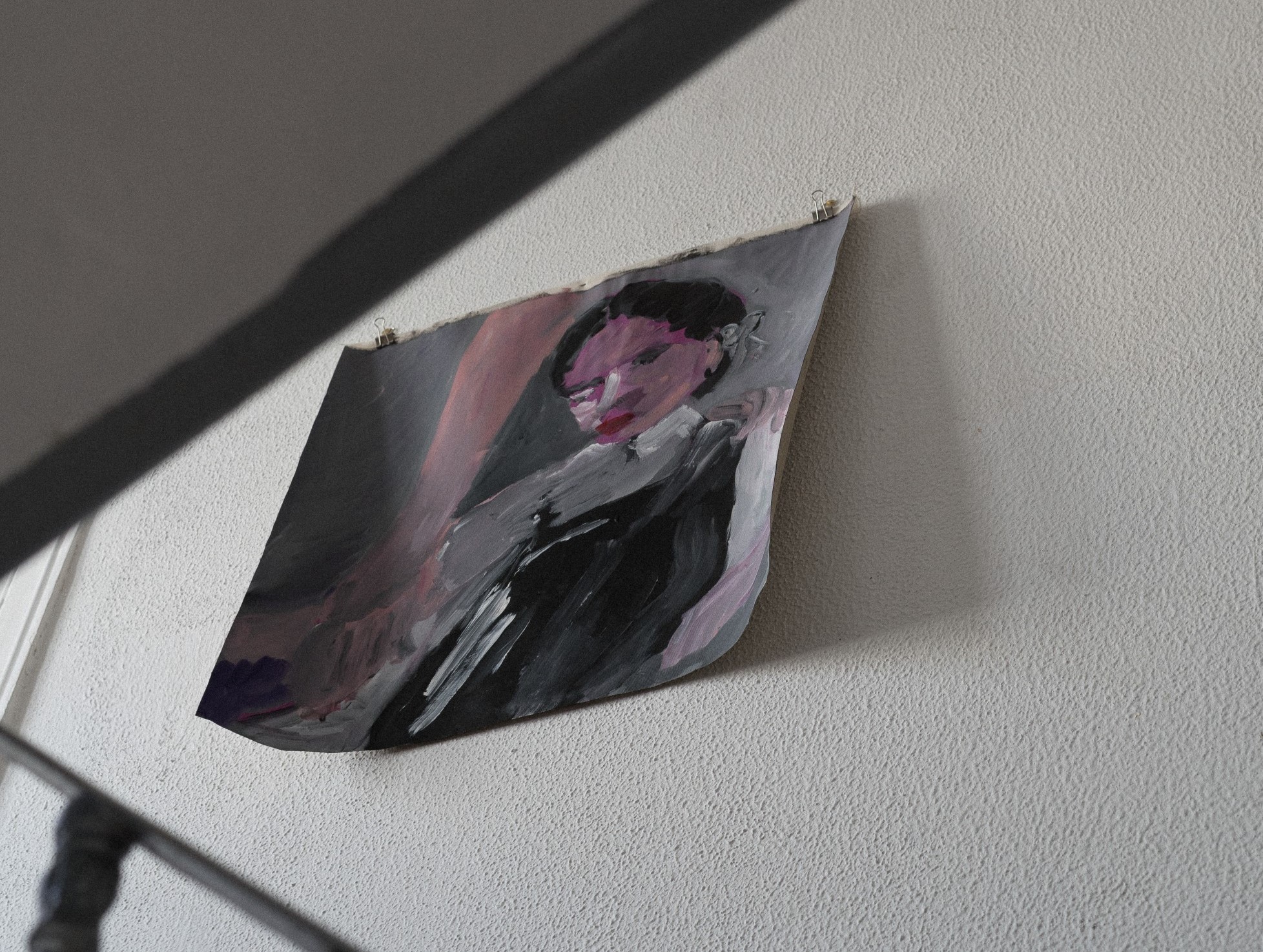
27 Jun 2025
The Condominium and other forms
By Filipa Nunes
Next
article
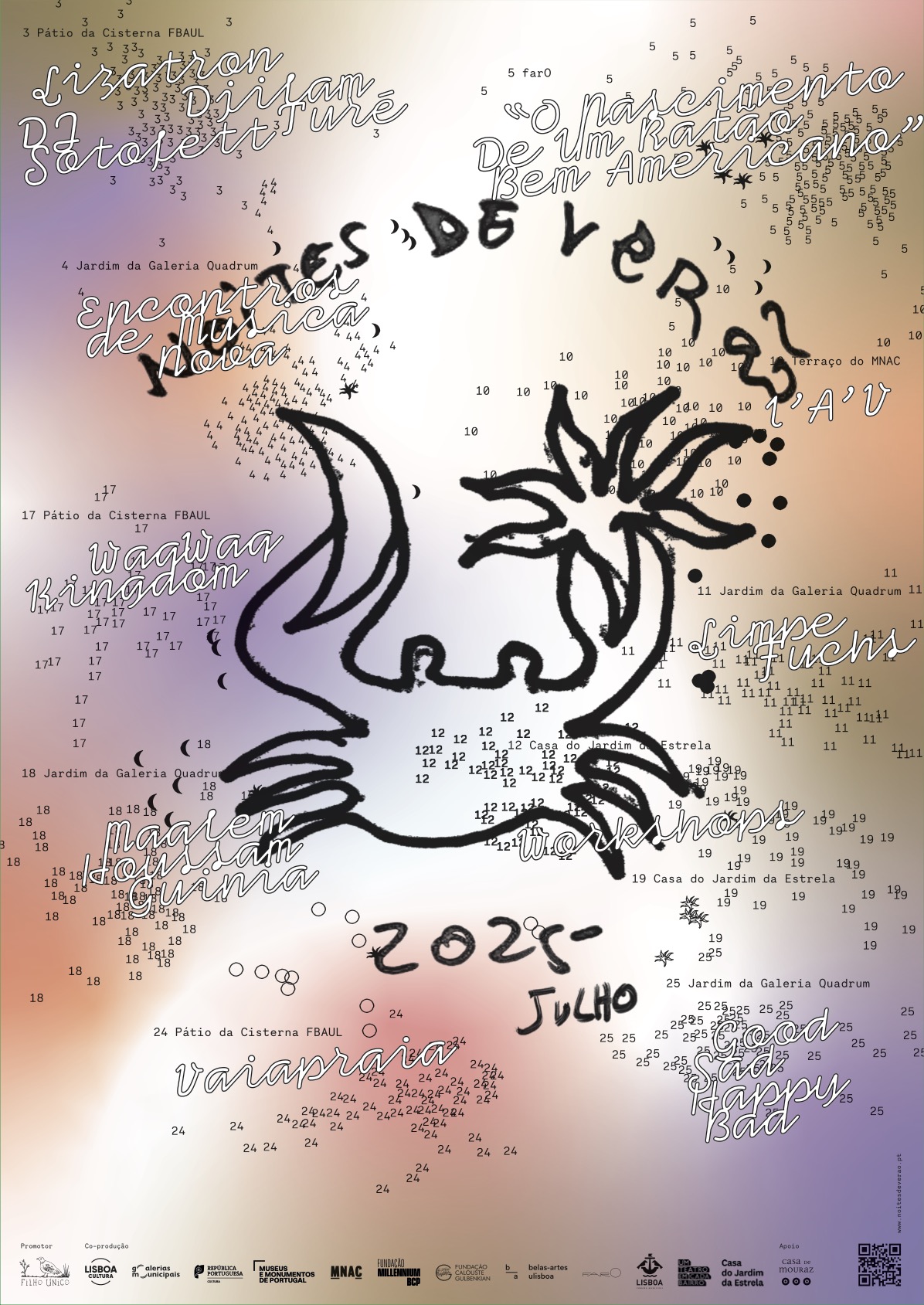
02 Jul 2025
Noites de Verão 2025 kicks off on 3 July in Lisbon
By Umbigo
Related Posts
